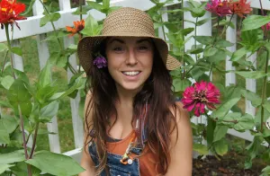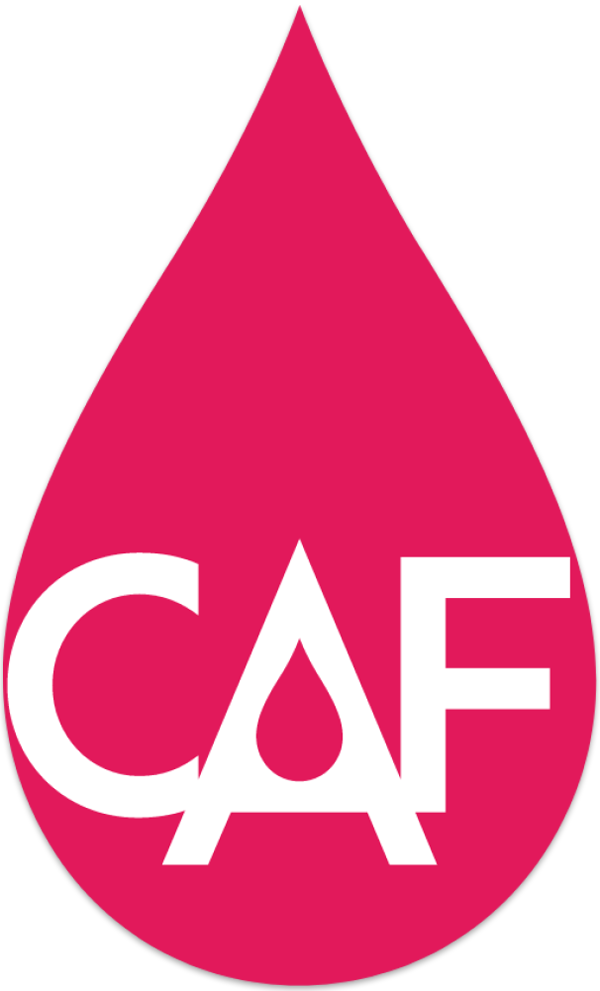Trial Participation Insights
Alicia Somma, who has Thalassemia, participated in a clinical trial at Memorial Sloan-Kettering (#NCT00658385, “Assess the Feasibility and Safety of GCSF Mobilization of CD34+ Hematopoietic Progenitor Cells in Patients With Beta Thalassemia Major,” which is examining whether the use of GCSF will increase the number of stem cells produced; this is important in preparing for future gene therapy trials.) Below, Alicia answers questions about her experience.
I decided to participate in this study because it is, to me, the most exciting thing we have been offered as Thalassemia patients. So many great things have been accomplished in recent years
due to scientific research, so when asked to be a part of it, I couldn’t see myself saying no. If there had been no one willing to participate in past studies, Exjade wouldn’t be
offered to us now, and look what that has done for the quality of life for patients!
This study is an important one that will give us information that may help with gene therapy, which will help to improve our lives even more, and I certainly couldn’t see myself opting
out. A better life is great, but I want the best life to be able to be offered to thal patients of the future. I believe this study can help accomplish that.

Alicia Somma
The trial was completed in 6 days. The first four days I was given a subcutaneous shot of GCSF, which is commonly used for other purposes in medicine, and is used in the study to help stimulate the production of stem cells. Although I am plenty used to giving myself sub-q needles from using Deserfal, basically my entire life, and it was offered to me to do the shots myself at home, I had the nurses at Sloan-Kettering administer the GCSF because I wanted to see Dr. Boulad, who was guiding me in the study, on a daily basis.
The actual process to remove my stem cells was done through a process on day 5 called leukapheresis. The procedure takes about 3 hours (duration varies depending on the weight
of the person undergoing the pheresis), and was relatively comfortable and not complicated. Whole blood is taken and separated in a machine, and what is not needed is given back
simultaneously-this is all done through two IVs.
This study’s goal is to collect 8 million stem cells, which is very ambitious, and so most participants need to undergo leukapheresis for both days 5 and 6.
As I said in my reasons to participate in the study in the first place, I was just excited. Although the GCS-F shots had some side effects of joint pain, and the pheresis wasn’t the most fun way to spend my mornings, when all was said and done, everything was worth the mild inconvenience. The entire week I was just so happy to be helping these scientists who have spent years and dedicated so much work to helping my friends and me. It was a wonderful experience.
If I haven’t already said enough good things about participating in studies, let me continue!
I think that some younger thal patients, like myself, may not realize all that the older patients have done for us to help our lives be as easy as they are. We take Desferal for granted, and
yet there were so many brave patients who tried it for the first time and that is what made it so avaiable and safe for us our entire lives.
Thalassemia patients need to look out for one another, and this is the easiest way to do that. Get involved, and donate your time so that the next generation born with this disease will have an even better quality of life than you. If you’re not going to help “future you’s,” why should anyone else?
